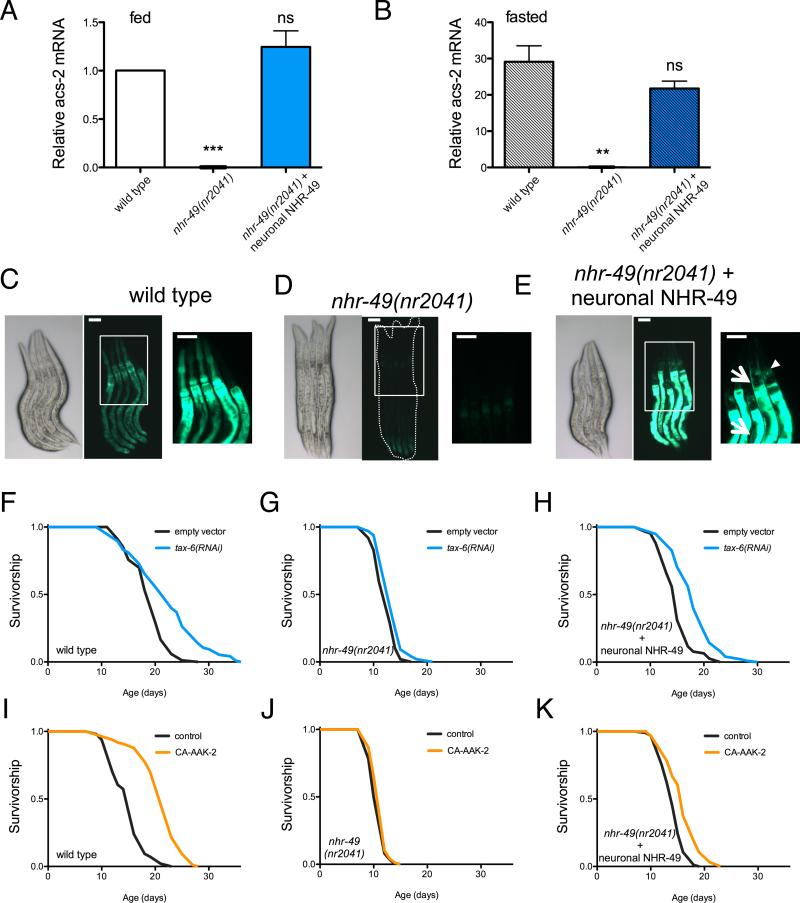Figure 5. NHR-49 regulates mitochondrial metabolism and longevity cell-nonautonomously from neurons.
(A and B) Analysis of acs-2 transcript levels by RT-PCR in L4/young adult worms fed (A) and fasted 16 h (B). Data are mean ± SEM of 3-4 independent experiments. By 1-sample (A) or 2-sample (B) t-test relative to fed wild type animals, *** denotes p<0.001; ** = p<0.01; ns = p> 0.05).
(C – E) Brightfield (left) and fluorescence (middle and right panels) imaging of L4-stage 16 h fasted worms expressing GFP driven by the acs-2 promoter. (C) Fasting activates the acs-2 promoter ubiquitously in C. elegans (middle panel), and higher magnification reveals strongest expression in the intestine and pharynx (right panel). (D) nhr-49 mutants fail to activate acs-2. (E) Neuron-limited rescue of NHR-49 restores acs-2 levels in neurons (arrowhead) and peripheral tissues (arrows). Boxes outline areas magnified in the right panels. Scale bars represent 50 μm.
(F – I) Survival analysis demonstrating that tax-6 RNAi (F) and CA-AAK-2 (I) extend lifespan in wild type worms, but not worms lacking nhr-49 (G, J). Restoring NHR-49 function selectively to neurons via the rab-3 promoter rescues tax-6 RNAi- (H) and CA-AAK-2-mediated longevity (K). Common genetic backgrounds are indicated next to the origin. See also Figure S5 and Table S1 for lifespan statistics.

